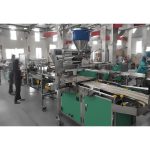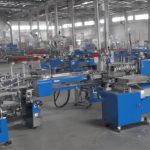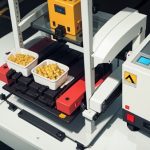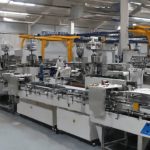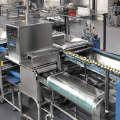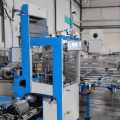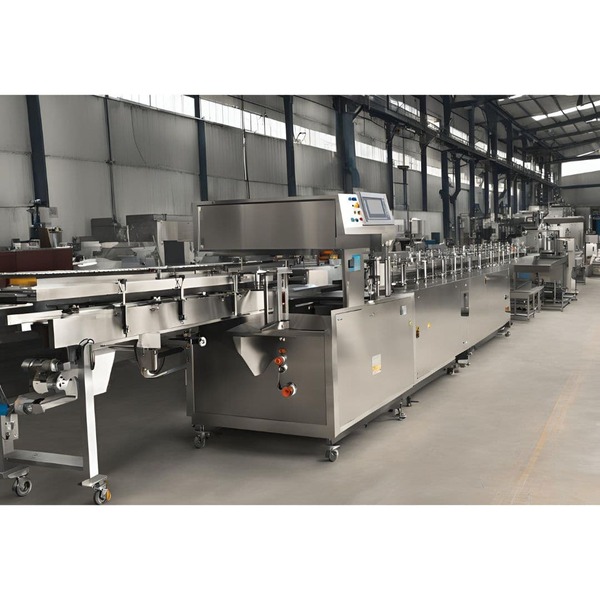
Understanding the Machinery Used in Jerky Production
Jerky production is a fascinating process that involves transforming raw meat into a dried, preserved product that is both flavorful and long-lasting. This transformation requires a series of specialized machines that ensure the meat is properly prepared, seasoned, dried, and packaged. In this article, we will explore the different types of machinery used in the production of jerky, providing a comprehensive understanding of each machine’s role in the process.
1. Meat Slicers
The first step in jerky production involves slicing the raw meat into thin, uniform pieces. This is where meat slicers come into play. Meat slicers are designed to cut meat into consistent slices, which is crucial for ensuring even drying and flavor distribution. These machines can be manual or automatic, with the latter being preferred in large-scale production due to their efficiency and precision. Automatic meat slicers can be adjusted to produce slices of varying thickness, depending on the desired texture and drying time of the jerky.
2. Tumblers and Marinators
Once the meat is sliced, it needs to be marinated to absorb the flavors that define jerky. Tumblers and marinators are used for this purpose. These machines work by tumbling the meat slices in a rotating drum, allowing them to be evenly coated with marinade. The tumbling action helps the meat absorb the marinade more effectively, enhancing the flavor and tenderness of the final product. Some tumblers also incorporate vacuum technology to further improve marinade absorption.
3. Dehydrators and Ovens
The core of jerky production lies in the drying process, which is achieved using dehydrators or ovens. Dehydrators are specifically designed to remove moisture from the meat while preserving its nutritional content and flavor. They operate at low temperatures to ensure that the meat is dried slowly and evenly, preventing the growth of bacteria and extending the shelf life of the jerky. Industrial dehydrators can accommodate large quantities of meat and often feature adjustable racks and temperature controls for optimal drying conditions.
Alternatively, some producers use ovens for drying jerky. These ovens are equipped with fans and vents to circulate hot air, ensuring even drying. While ovens can be effective, they require careful monitoring to prevent over-drying or cooking the meat, which can affect the texture and flavor of the jerky.
4. Smokehouses
For those looking to add a smoky flavor to their jerky, smokehouses are an essential piece of equipment. Smokehouses infuse the meat with smoke from burning wood chips, adding a distinct aroma and taste. The smoking process also contributes to the preservation of the meat by adding an additional layer of protection against spoilage. Smokehouses can be standalone units or integrated into dehydrators, offering flexibility in production methods.
5. Packaging Machines
Once the jerky is dried and ready, it needs to be packaged to maintain its freshness and quality. Packaging machines are used to seal the jerky in airtight bags, preventing exposure to air and moisture. Vacuum sealers are commonly used in jerky production, as they remove air from the packaging, further extending the shelf life of the product. Some packaging machines also include labeling and printing capabilities, allowing producers to brand their products and provide important information to consumers.
6. Quality Control and Testing Equipment
Quality control is a critical aspect of jerky production, ensuring that the final product meets safety and quality standards. Various testing equipment is used to monitor the moisture content, texture, and microbial levels of the jerky. Moisture analyzers, for example, are used to measure the water activity in the jerky, which is crucial for determining its shelf life and safety. Microbial testing equipment helps detect any potential contamination, ensuring that the jerky is safe for consumption.
Conclusion
The production of jerky involves a series of specialized machines, each playing a vital role in transforming raw meat into a delicious, preserved snack. From slicing and marinating to drying and packaging, these machines ensure that the jerky is produced efficiently, safely, and with consistent quality. Understanding the machinery used in jerky production provides insight into the complexities of food processing and the importance of technology in delivering high-quality products to consumers.
